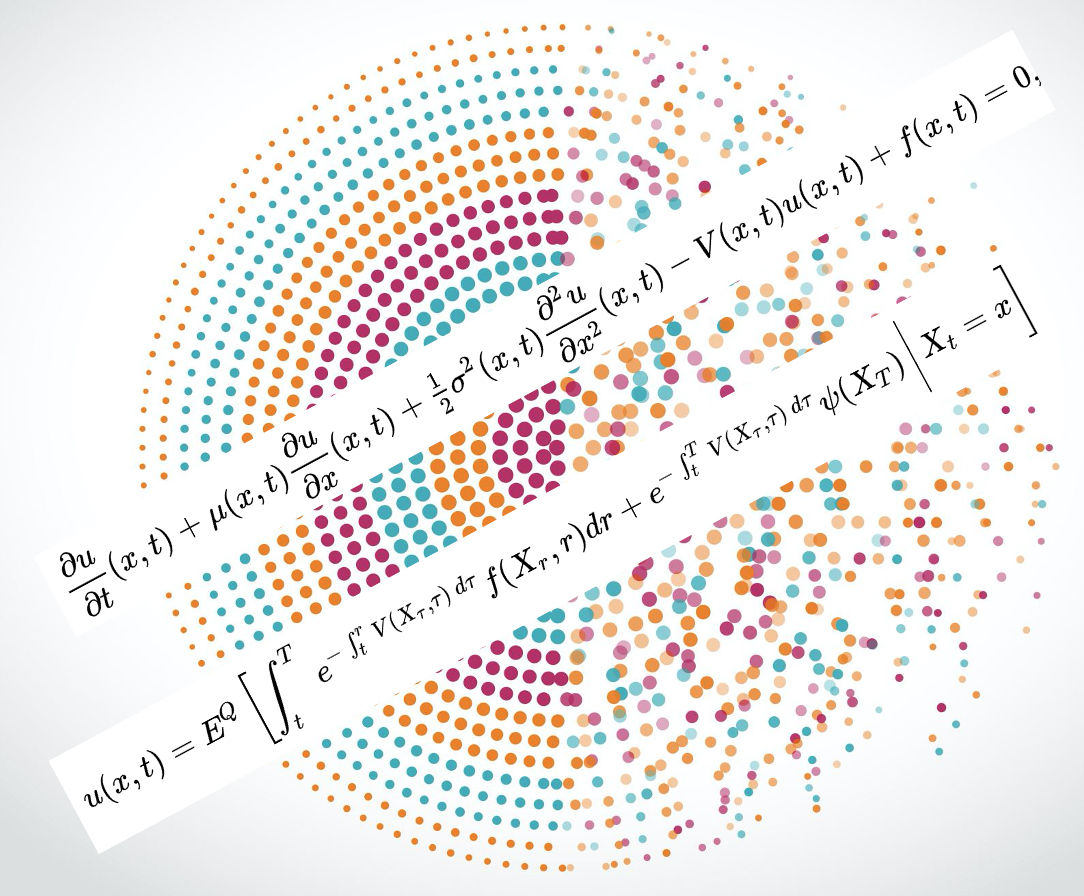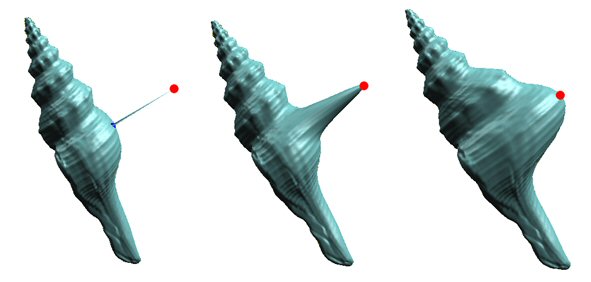Click on the images to explore my work and thoughts related to each topic.
Data Science & Applied AI/ML

I’ve been interested in Artificial Intelligence and Machine Learning since college when I began studying AI through the lens of fuzzy logic and modeling under uncertainty. For my Ph.D. thesis, I developed one of the first algorithms to automatically detect projections of spherical virus particles in cryo-electron micrographs. Throughout my career, I have used AI/ML in a variety of application domains, from services research to quantitative finance.
As a manager of researchers and data scientists, I am fascinated by the fluid boundaries between data and models and the organizational cultures the emerge as a result of placing more or less emphasis on one versus the other.
Follow this link to learn more.
Stochastic Modeling

Every quant on Wall Street has likely taken one or more courses in stochastic modeling. I had the privilege of doing so at the Courant Institute at NYU. Very few, however, realize the beauty that lies beneath, as there is hardly ever enough time to dwell on poetry when fighting the fires of moving markets 🙂
Every once in a while, I like to get lost in the mathematical woods and follow paths that lead to interesting places. If you are curious, follow me as I share some of my favorites.
Constrained Optimization

Numerical optimization is a powerful class of techniques that plays an outsized role in many application domains. I’ve used to in relatively simple tasks like the fitting of volatility surfaces or yield curves in finance, as well as for complex problems, like interactive shape modeling (applied to industrial design) and portfolio construction (finance).
I specialize in multiscale modeling which is a common thread I have leveraged across domains. Shapes of physical objects as well as abstract representations encountered in financial markets (interest rates or FX curves, volatility surfaces, portfolios of derivatives, vector spaces of macro-economic news, etc.) are ultimately functions that can be fitted or learned, assembled into wholes or decomposed into components that are intertwined in complex ways.
Integrated System Design

Designing complex systems like automobiles, airplanes, even some consumer electronics requires close collaboration between diverse teams, each using their own specific set of tools in the context of their respective production lifecycles. For example, a car is a complex system that encompasses mechanical, electronic, and software components. Our research focused on enablers of optimal collaboration in the early stages of production processes through novel data management and collaboration workflows across domain boundaries to facilitate cost reductions, accelerated time to market, and product quality improvements.